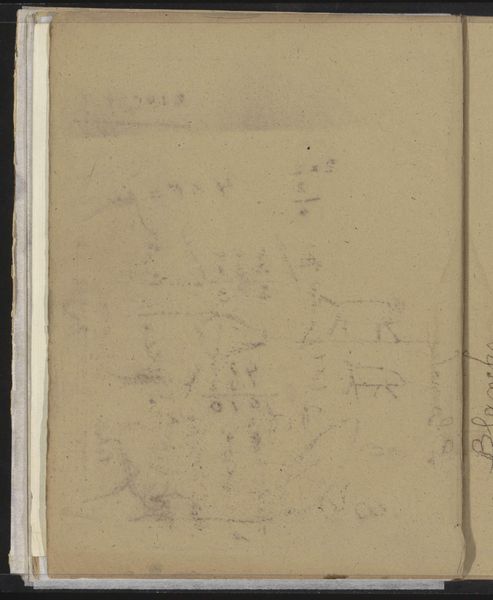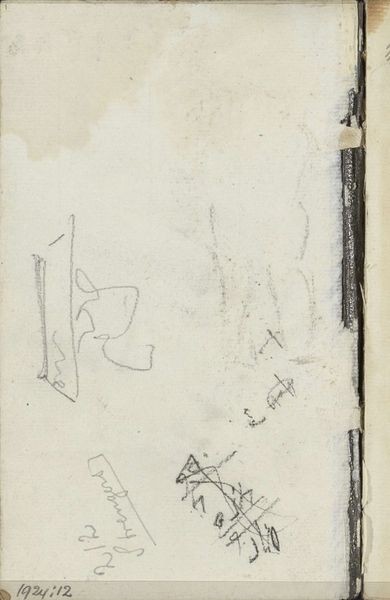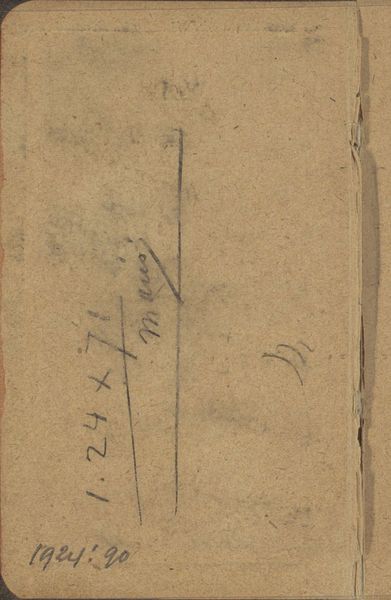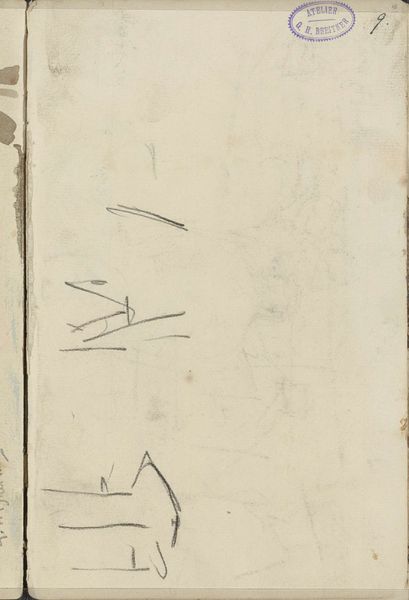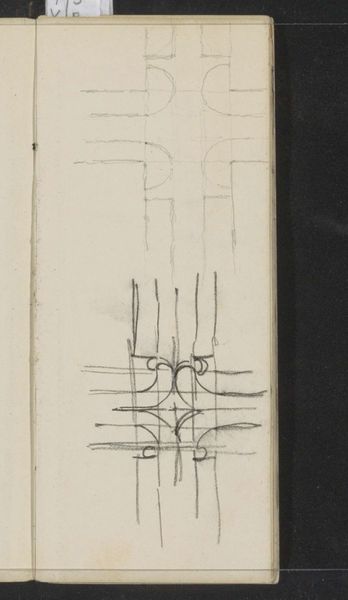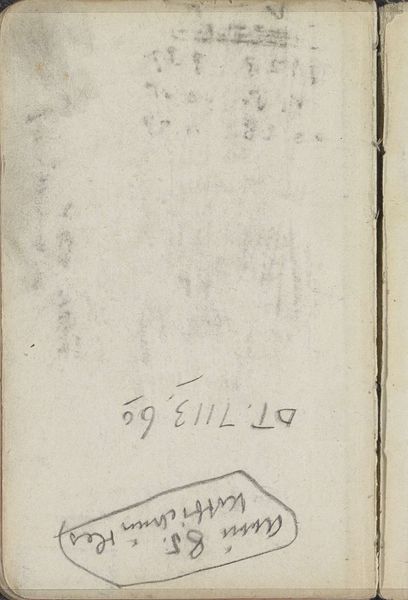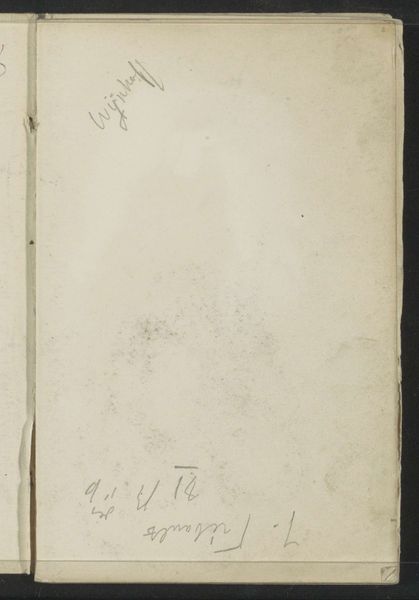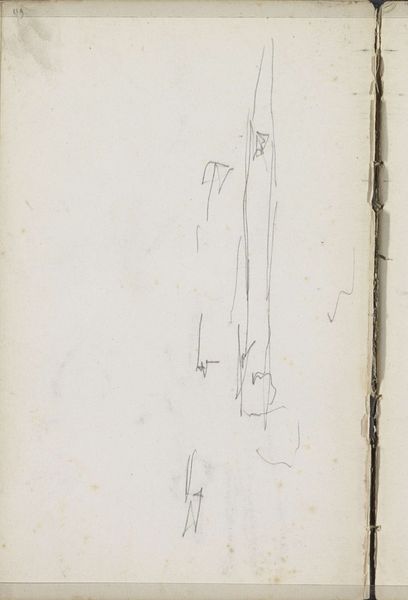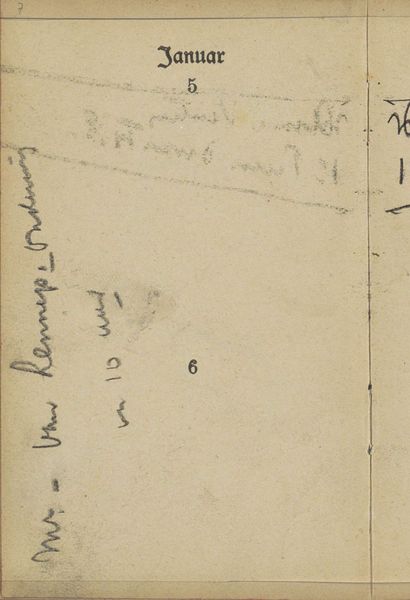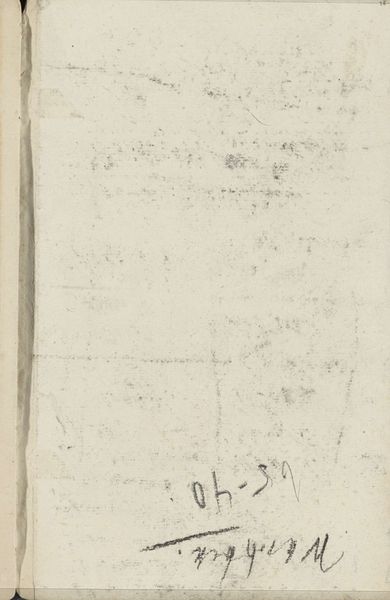
drawing, paper, pencil
#
drawing
#
aged paper
#
arts-&-crafts-movement
#
sketch book
#
hand drawn type
#
hand lettering
#
paper
#
personal sketchbook
#
hand-drawn typeface
#
fading type
#
geometric
#
pencil
#
sketchbook drawing
#
sketchbook art
#
small lettering
Copyright: Rijks Museum: Open Domain
Editor: This is "Ornamenten" by Gerrit Willem Dijsselhof, created sometime between 1876 and 1924. It's a pencil drawing on paper, currently held at the Rijksmuseum. Looking at it, it seems like a page from a sketchbook, filled with different architectural motifs. What do you see in this page that resonates with the art and social context of the late 19th and early 20th centuries? Curator: This sketchbook page gives us a glimpse into the artistic process during the Arts and Crafts movement. Dijsselhof, associated with this movement, wasn't just creating art for art's sake. These ornamental sketches likely served a practical purpose, intended for application in furniture design or interior decoration. Notice how the drawing is rendered on what appears to be aged paper. It subtly speaks to the handmade ethos, a direct challenge to industrial production, don’t you think? Editor: Absolutely, I see that now! It's a resistance through creation. How did the social institutions and galleries play a role in promoting this movement? Curator: Galleries and museums acted as platforms. They validated the artistic choices of figures like Dijsselhof. Institutions chose to uplift certain voices that actively went against the status quo in favor of pre-industrial designs. This also shapes public opinion and the politics of imagery as museums and galleries curate what we see and ultimately value. Can you imagine the message sent to visitors viewing designs made by hand in a world of machine production? Editor: I never really considered the institutional influence in promoting social movements. This piece provides insight into not just design, but the socio-political sentiments prevalent during the Arts and Crafts movement. Thanks for clarifying that for me. Curator: My pleasure! Understanding the societal context enhances our appreciation for the artwork's significance, especially its public role as an aesthetic commentary.
Comments
No comments
Be the first to comment and join the conversation on the ultimate creative platform.
